Explore/Past Posts
Newsletter Sign Up
Q&A with Sean McColl
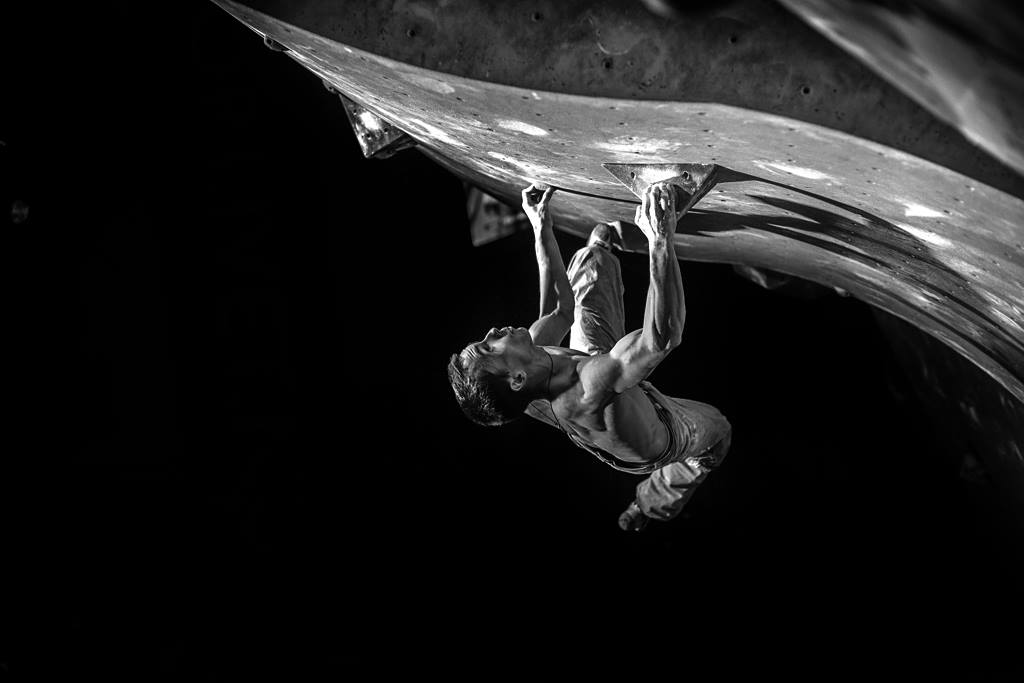
When and how did you get started climbing?
I started climbing in 1997 with my family. Our tennis club had closed to we wanted to find something to do as a family. We bought a year membership for the local climbing gym, and I loved it instantly.
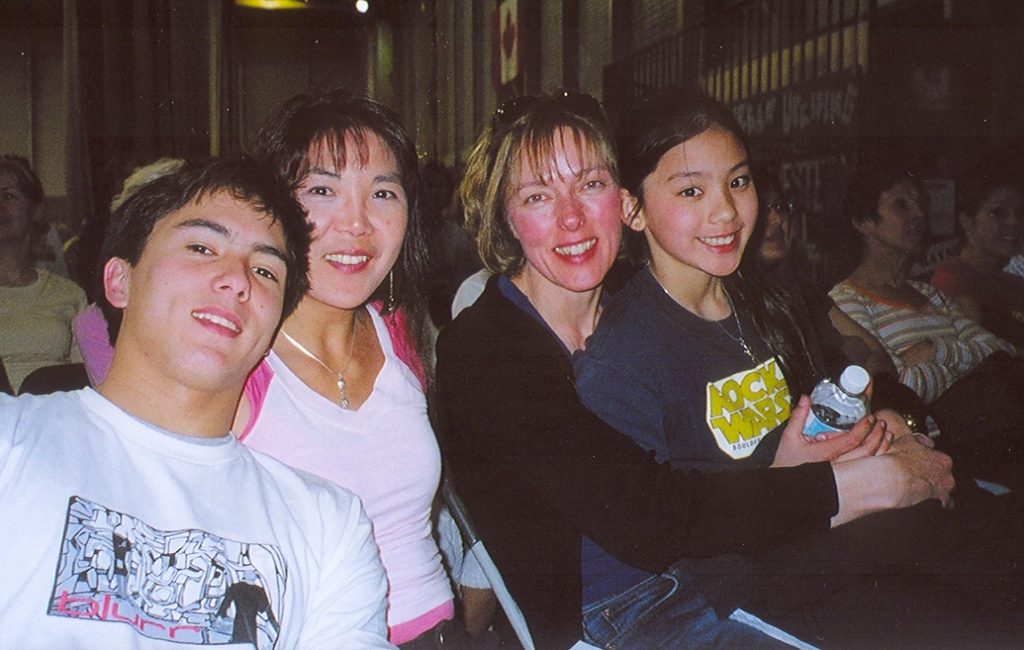
What motivates you to climb and why do you find it appealing?
I have always loved the feeling of climbing. I also love competing and the feeling of being on stage having to perform on command.
How long and in what disciplines have you competed in?
I have always competed in the 3 different disciplines: Lead, Speed, Boulder. The combined discipline is like a triathlon with breaks where you do all 3 disciplines at different times of the day.
Why did you start competing and why do you keep doing it?
I have always been very competitive so competing came naturally to me. I also thrive under pressure and historically can always compete very well.
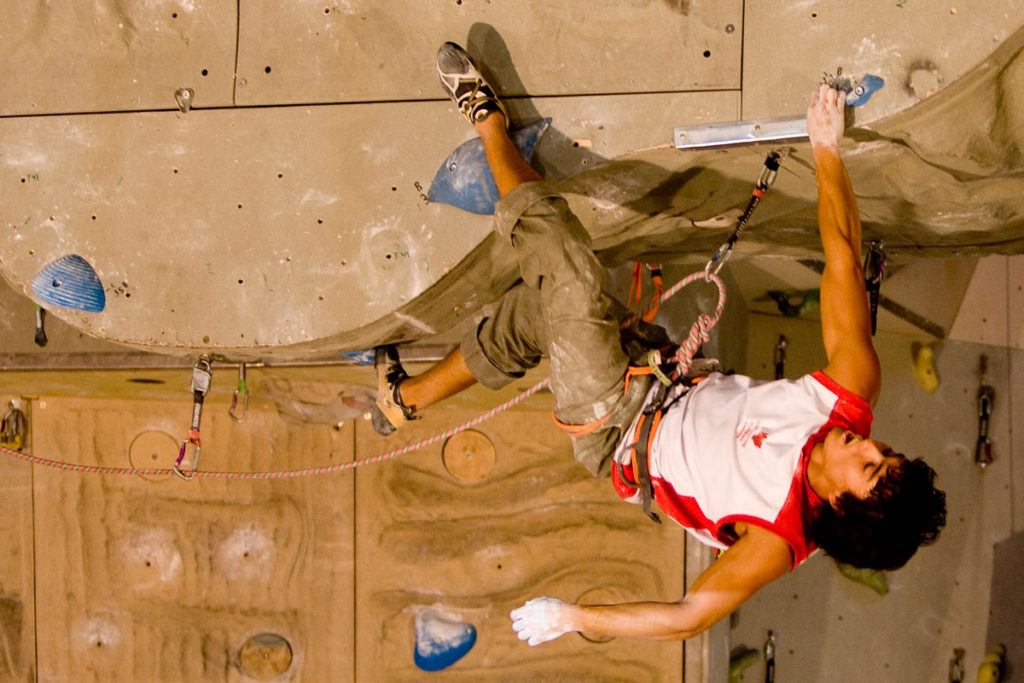
What do you like or dislike about each of the disciplines?
Each of the disciplines has so many different types of movement. Even with speed, the movements are different, and as they are repetitive, you can really hone your skill.
Have your motivations to compete changed over time?
I have always loved to compete and it’s still going strong. I recently achieved the 150 World Cup mark, but my sights were set directly on the Olympics recently.
How many days a week are you training? What disciplines are you training for each week?
I train almost every day, sometimes it’s only a run. It also depends on where in the season I am in. I take usually a month break from climbing in November or December depending on what the upcoming season looks like. The discipline I train depends on what month it is.
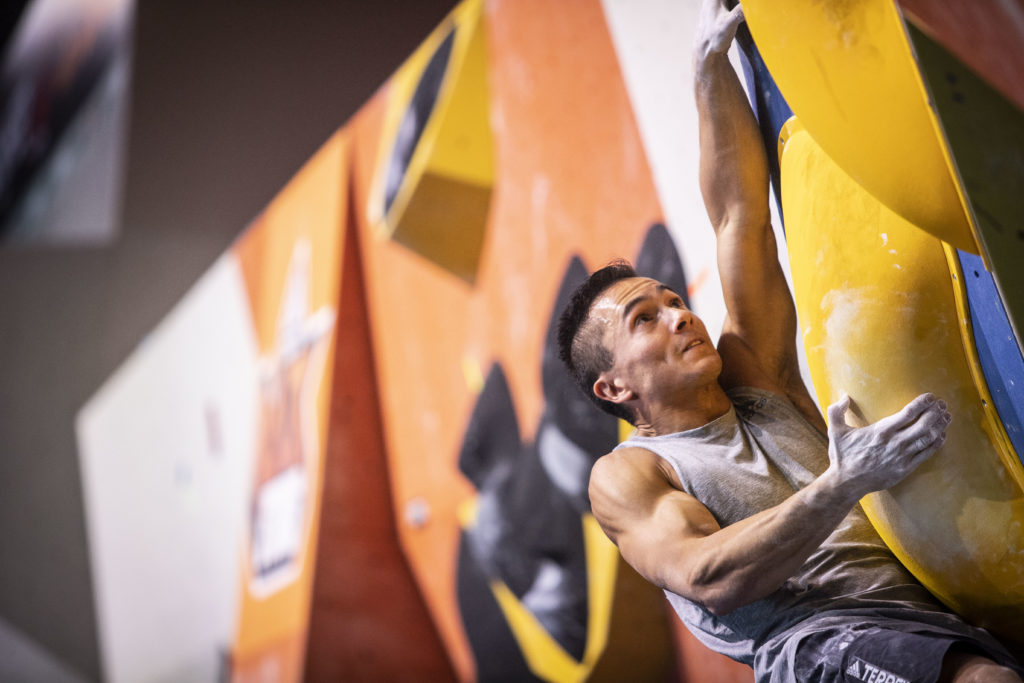
How do you train differently for each climbing discipline?
Lead training doesn’t start until the Spring, it involves getting my endurance back, and the ability to climb for longer periods of time. Speed is mostly getting re-acquainted with the Speed route and making sure I’m doing cross-training exercises that focus on my legs. Bouldering is the jack of all trades, you need to be adaptable, good at route reading, strong, burly, and it is the discipline I usually do the most falling.
Talk us through your favorite speed climbing workouts/training with and without PD auto belays.
One of my speed workouts involve 8 times up the speed wall with a specific amount of rest. I have the “leadup” engrained in my mind and muscle. When the coach says it’s time, I walk towards my PD. I put on my shoes before I clip in; I stand up, clip in and make sure the lanyard is straight. I chalk up, take a few deep breaths, and grab the start holds. I think of the first few moves and once I start I try to find my speed climbing rhythm.

What does your diet look like as a competitive athlete?
I try to eat all the food groups and eat 3-4 times a day. I also try to avoid eating between 8pm – 8am. I eat bigger meals after a big training session and make sure to drink lots of fluids. My favorite go-to meal is a stir fry because I can choose any 4-5 vegetables to put in, a bit of meat, and whatever I want. Finally I put it in a wrap and voila!
What do you do to stay motivated in times when you are feeling tired, discouraged, or when you get injured?
Injury is definitely the hardest of all because it’s not just a mental challenge, it’s physical. Small injuries are normal for elite athletes whereas big injuries need to be addressed and I take the recommendations of my support team. I feel tired and discouraged sometimes weekly. It’s getting through them to the good parts that are rewarding. I think the best thing to remember is that it’s a journey, not a destination.
Where do you typically train and how does your routine change when you are traveling?
I typically train in local climbing gyms, and since creating my own personal home wall, I mostly climb at home. My routine changes while traveling mostly due to the climbing space I’m in. I also get the ability to do so much more onsighting because of all the new gyms I’m going to!
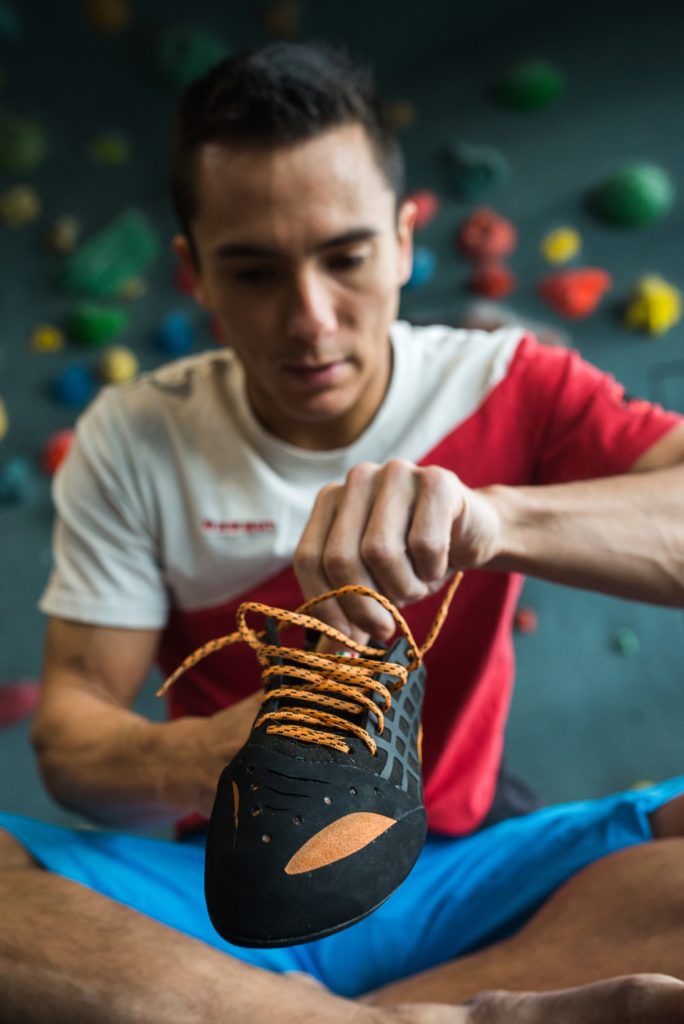
How have you had to adapt your training since the COVID pandemic hit?
The biggest adaptation is that climbing gyms were closed so everything had to be brought home. I set up a hanging station in the pantry above the doorway, and would do daily challenge videos and cross-training. It also motivated me to build my home wall.
What’s the biggest competition you’ve been apart of?
The biggest competition I’ve been a part of is definitely the Olympic Games, even before competing in them myself. To have even qualified is a lifelong dream of mine.
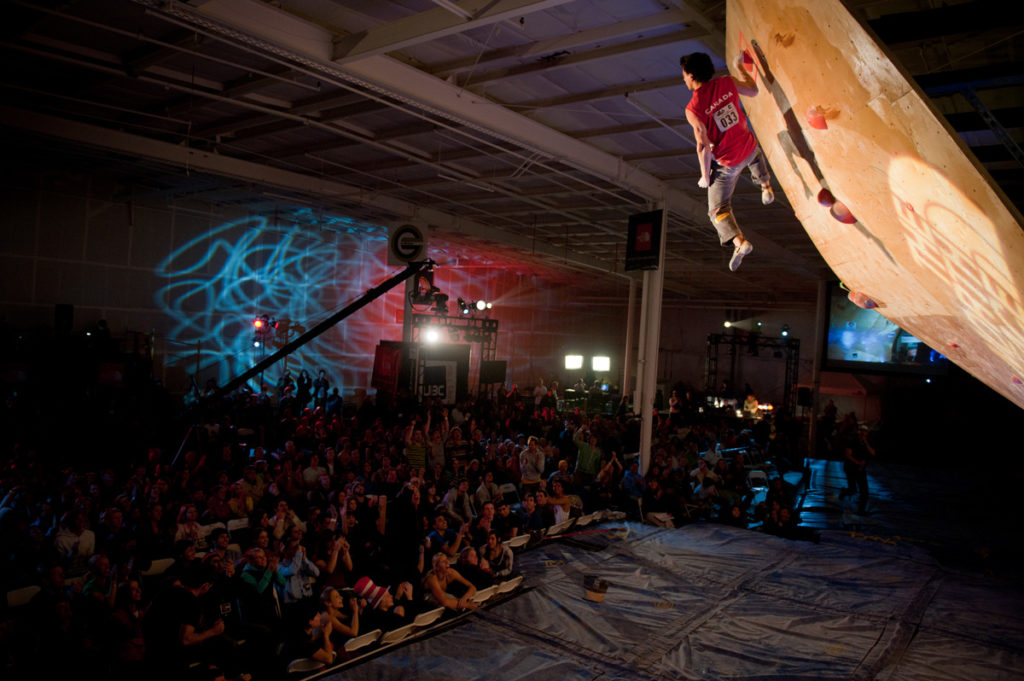
What is your most memorable moment from a competition?
One of my most memorable moments from competition is winning my first World Cup. It was in Kranj, in 2011. I climbed one of my best performances and was in the lead. When Jakob Schubert from Austria fell just below me, I knew I had won, but it felt so surreal. It wasn’t until I was standing on the podium it felt real.
Tell us what it’s like behind the scenes at an international competition?
The warm-up walls are generally small, and now you’re warming up beside the world’s best climbers, most of the time that you look up to. It helps to have a good coach that has been through those motions before as to not add any extra stress. For me, it’s pretty easy as I’ve done it so many times at this point. For newcomers, it can be quite overwhelming. At the end of the day, you just have to warm up and climb when your name is called.
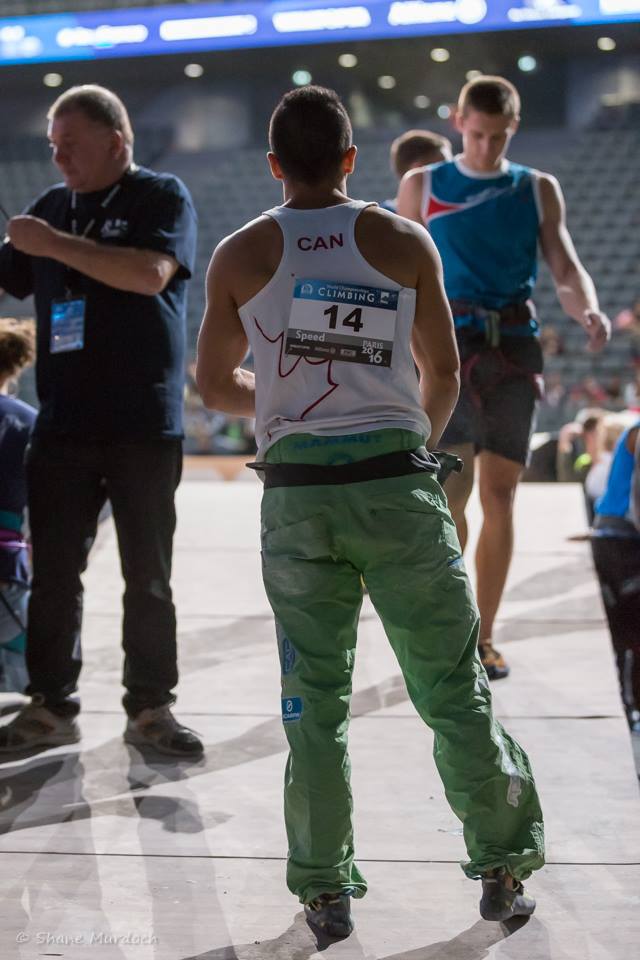
Competition climbing is on the rise for younger and younger climbers around the world. What advice do you have for young climbers for preparing mentally for competitions?
Have a routine, so that if something goes wrong, you can always fall back on your routine. It’s also important to remember that most athletes when they started had the same fears as yourself. It’s who can overcome those fears more quickly that come out ahead.
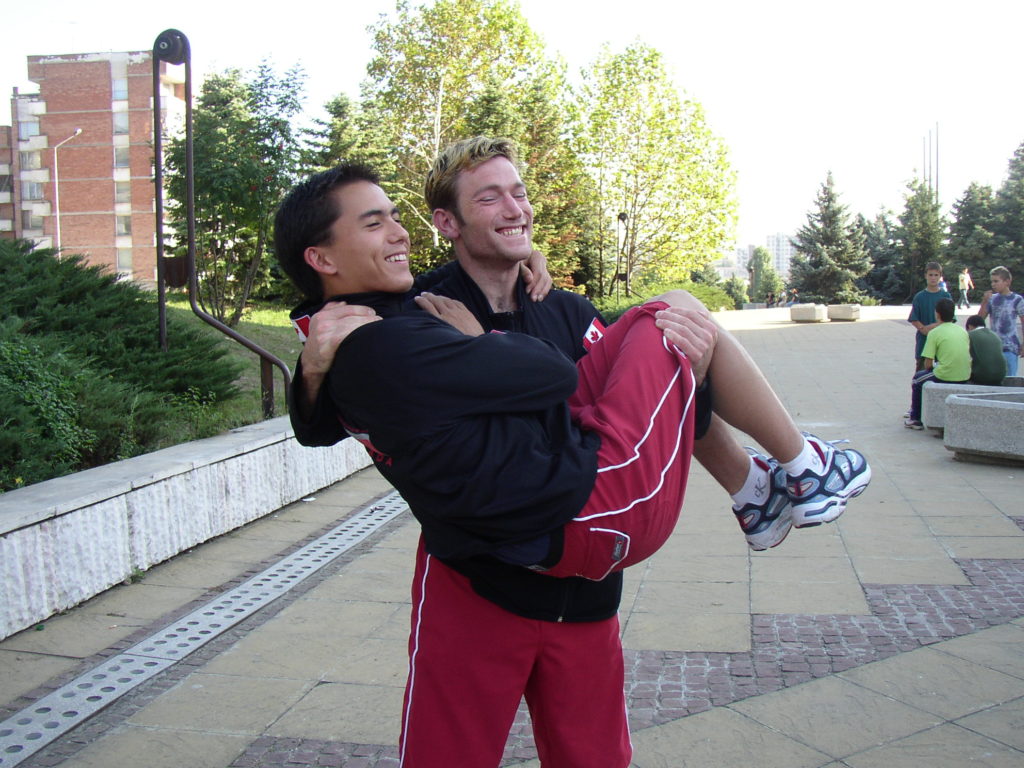
Do you prefer climbing on plastic or real rock?
I do not have a preference; I like the feeling of climbing. To be good in competitions you have to train on plastic, so the majority of my time is given to plastic.
What is your favorite crag(s)?
I love Ceuse, Squamish, RRG, Hueco, Bishop, Cresciano, so many others…
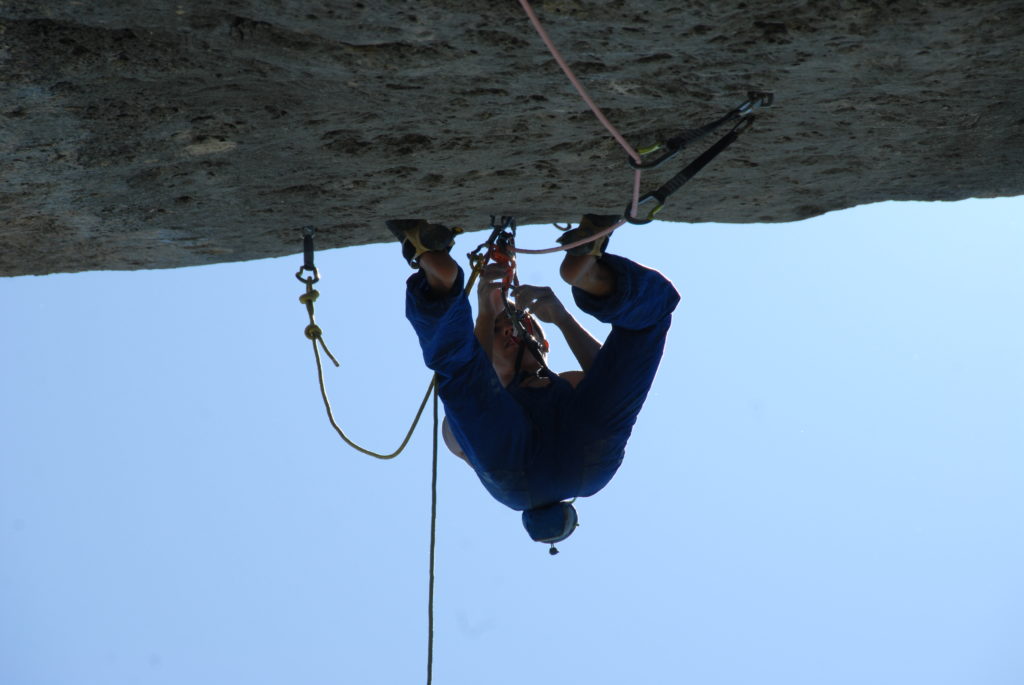
What climber(s) do you look up to most?
Kilian Fischhuber and Chris Sharma.
What’s the most scared you’ve been while climbing?
I had an incident on my first day climbing outside; my guide fell while showing us how to rappel and had to be air lifted to the hospital. We walked away that evening with only minor cuts and bruises.
From breakfast to burritos, what does your perfect day look like?
There is not only one perfect day, but so many different ones depending on the activity. I like to start my days at 7am and if I wake up, get a coffee and feel like I’ve slept well that night, my day will be good.
What music do you have in high rotation right now?
I recently found my iPod which I bought in 2005. The last songs I put on it were in 2017 and that’s mostly what I’ve been playing!
The one must-have item for life on the road?
Coffee.
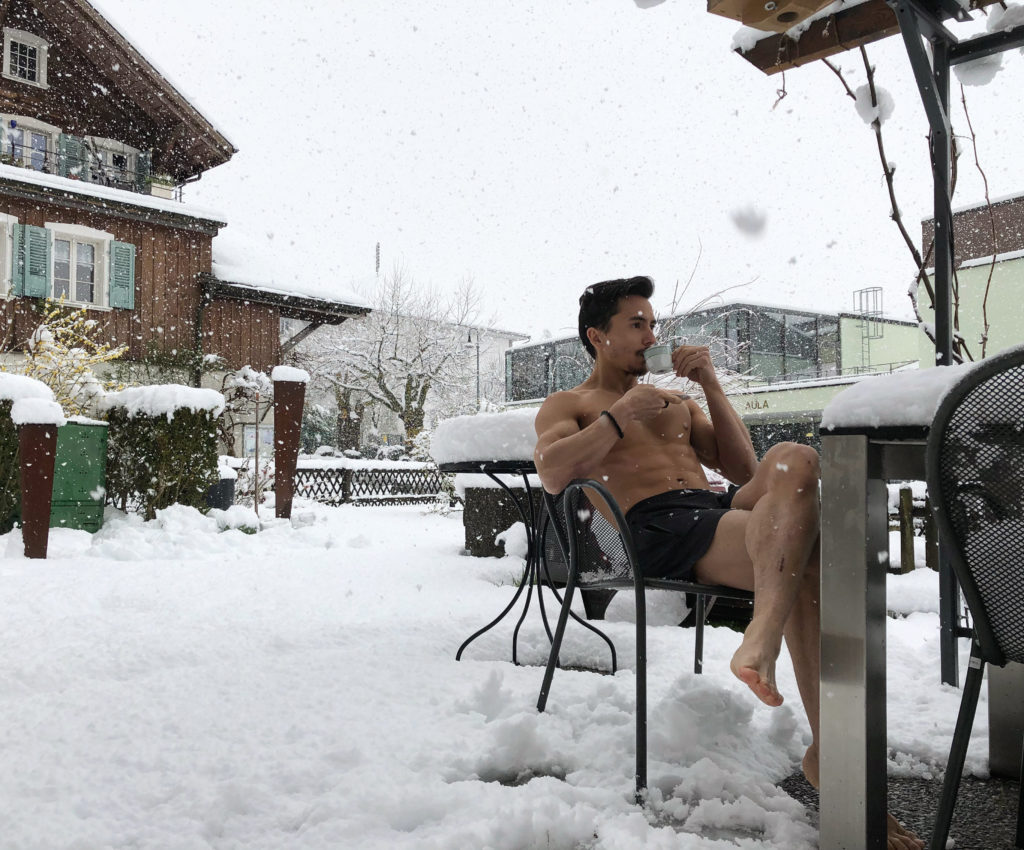
What other sports are you in today?
I love most sports, but I’m pretty competitive, so I like to know what rules we are going by.
Favorite climbing and non-climbing movie?
3 top movies in no particular order:
– Good Will Hunting
– The Shawshank Redemption
– The Princess Bride
My favorite climbing movie is “The Dawn Wall”
